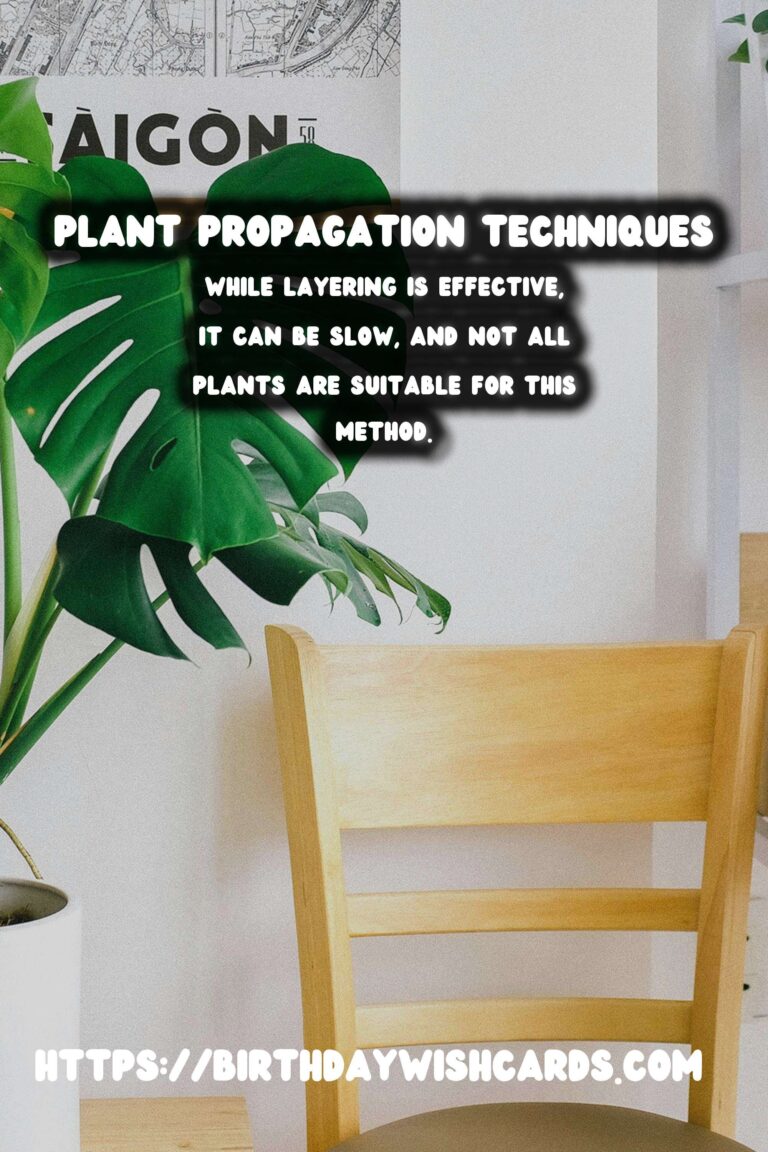
Plant propagation is a fascinating area of horticulture that allows gardeners and plant enthusiasts to reproduce plants in various ways. One of the lesser-known but highly effective methods of plant propagation is layering. This technique has been used for centuries to multiply plants, and it offers a reliable way to create new plants that are genetically identical to the parent plant.
What is Layering?
Layering is a method of plant propagation that involves encouraging a stem to form roots while it is still attached to the parent plant. Once roots have developed, the new plant can be detached and transplanted. This method is particularly useful for plants that are difficult to propagate through seeds or cuttings.
The process of layering involves bending a low-growing, flexible branch to the ground and covering part of it with soil. Over time, this covered section will develop roots. Layering is often used for woody shrubs, vines, and some perennial plants.
Types of Layering
Simple Layering
Simple layering involves bending a single stem to the ground and covering it with soil. This method is suitable for plants with long, flexible stems, such as forsythia and honeysuckle. To perform simple layering, select a healthy branch, bend it to the ground, and bury a portion of the stem. Ensure the tip of the branch remains above the soil. Secure the branch with a hook or stone until roots form.
Tip Layering
Tip layering is ideal for plants like raspberries and blackberries. It involves burying the tip of a stem in the soil. The buried tip will develop roots and eventually form a new plant. This method is straightforward and takes advantage of the plant’s natural growth tendencies.
Mound Layering
Mound layering, also known as stooling, is often used for shrubs and trees. It involves cutting back the parent plant to encourage new shoots. As these shoots grow, they are covered with soil to promote root development. This method is commonly used for fruit trees and ornamental shrubs.
Air Layering
Air layering is a technique used for plants with woody stems, such as rubber plants and magnolias. This method involves wounding the stem, applying rooting hormone, and wrapping it with moist sphagnum moss. The area is then covered with plastic wrap to maintain moisture. Over time, roots will develop at the wound site, and the new plant can be cut from the parent.
Advantages of Layering
Layering offers several advantages over other propagation methods. It usually results in a higher success rate because the new plant remains attached to the parent, ensuring a continuous supply of nutrients and water until it can sustain itself. Additionally, layering produces plants that are genetically identical to the parent, which is beneficial for maintaining desirable traits.
Another advantage is that layering does not require special equipment or environments. It can be done outdoors, making it accessible for home gardeners. This method also allows for the propagation of plants that may not root easily from cuttings.
Challenges of Layering
While layering is an effective propagation method, it has some challenges. The process can be slow, as it may take several months for roots to develop. Additionally, not all plants are suitable for layering, and selecting the right method for each species is crucial for success.
Environmental factors such as soil quality, moisture levels, and temperature can also affect the success of layering. Gardeners must monitor conditions closely to ensure optimal rooting conditions.
Conclusion
Layering is a valuable technique for plant propagation, offering a reliable way to produce new plants with the same characteristics as the parent plant. By understanding the different types of layering and their applications, gardeners can expand their plant collections and enjoy the satisfaction of growing new plants from existing ones. With patience and attention to detail, layering can yield impressive results and enhance any garden.
Layering is a method of plant propagation that involves encouraging a stem to form roots while still attached to the parent plant. Simple layering involves bending a single stem to the ground and covering it with soil. Tip layering is ideal for plants like raspberries and blackberries. Mound layering, also known as stooling, is often used for shrubs and trees. Air layering is a technique used for plants with woody stems, such as rubber plants and magnolias. Layering offers several advantages over other propagation methods, including a higher success rate and the production of genetically identical plants. While layering is effective, it can be slow, and not all plants are suitable for this method. 
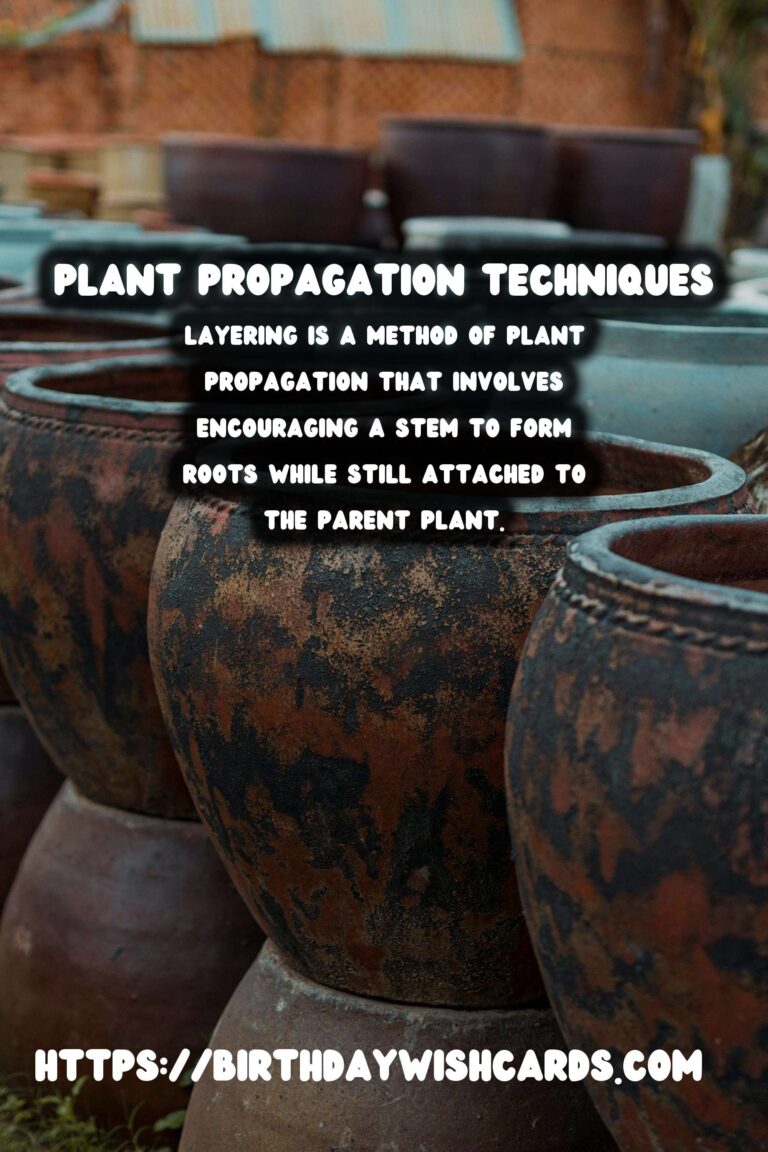
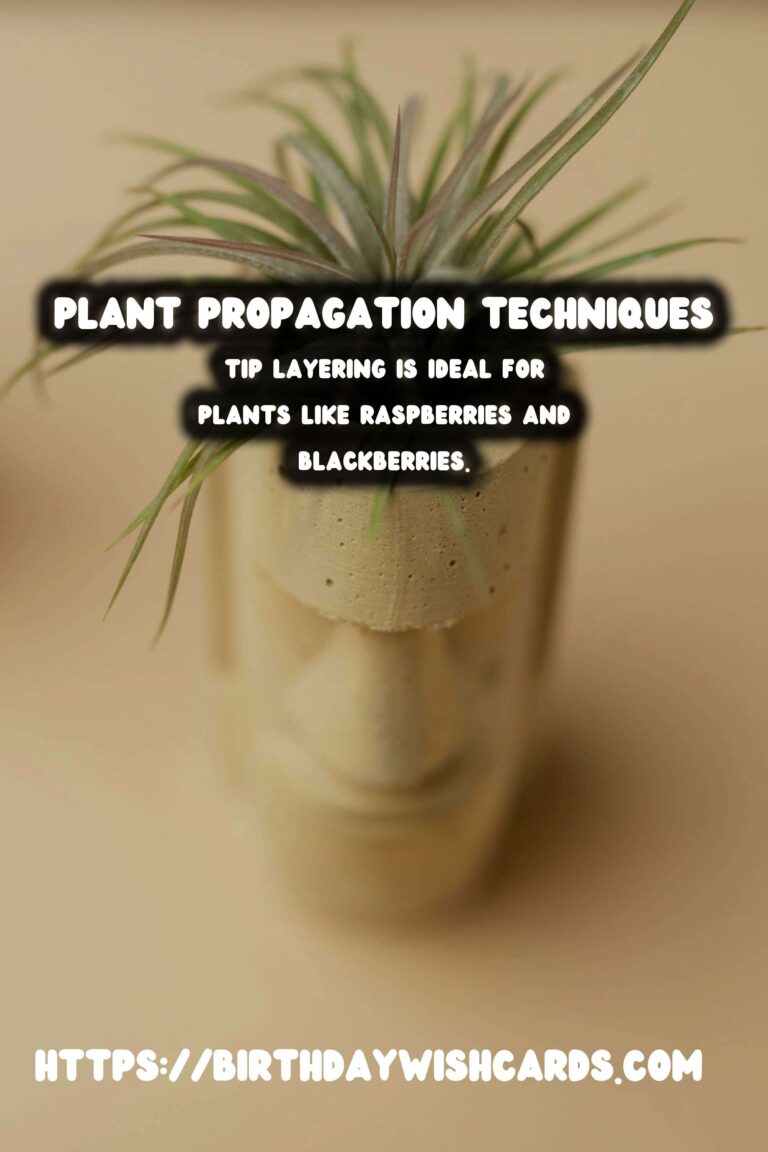
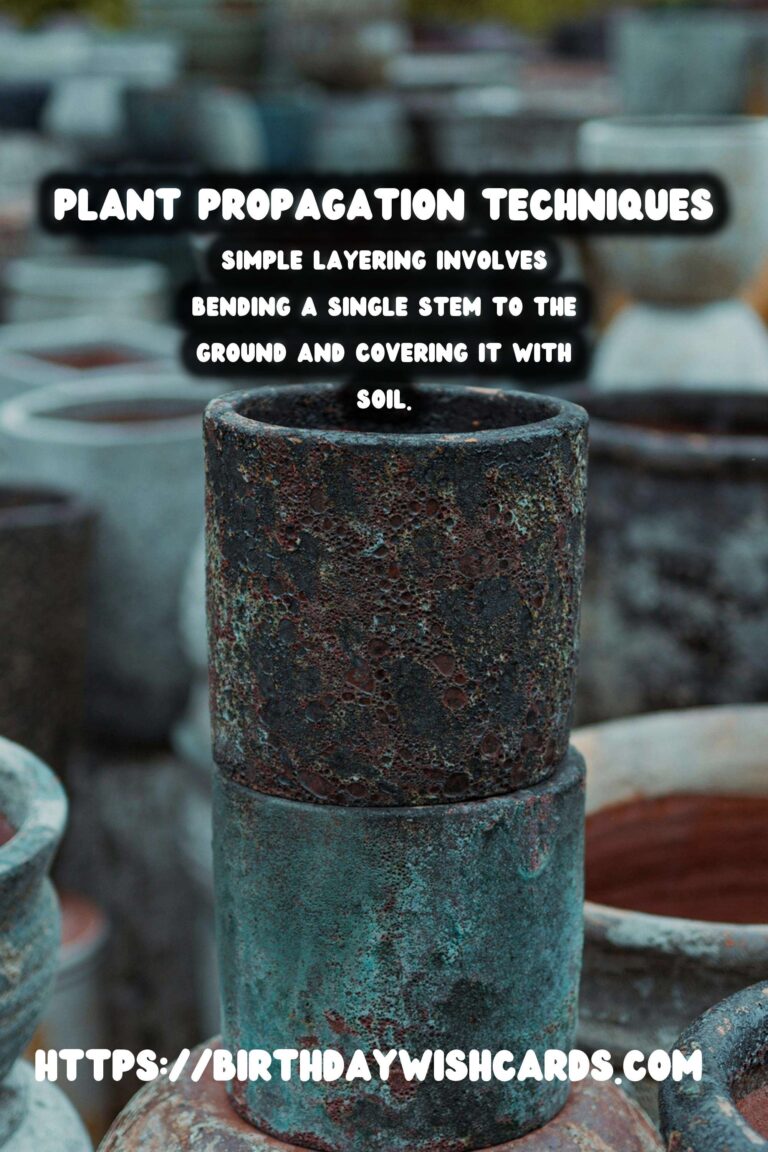
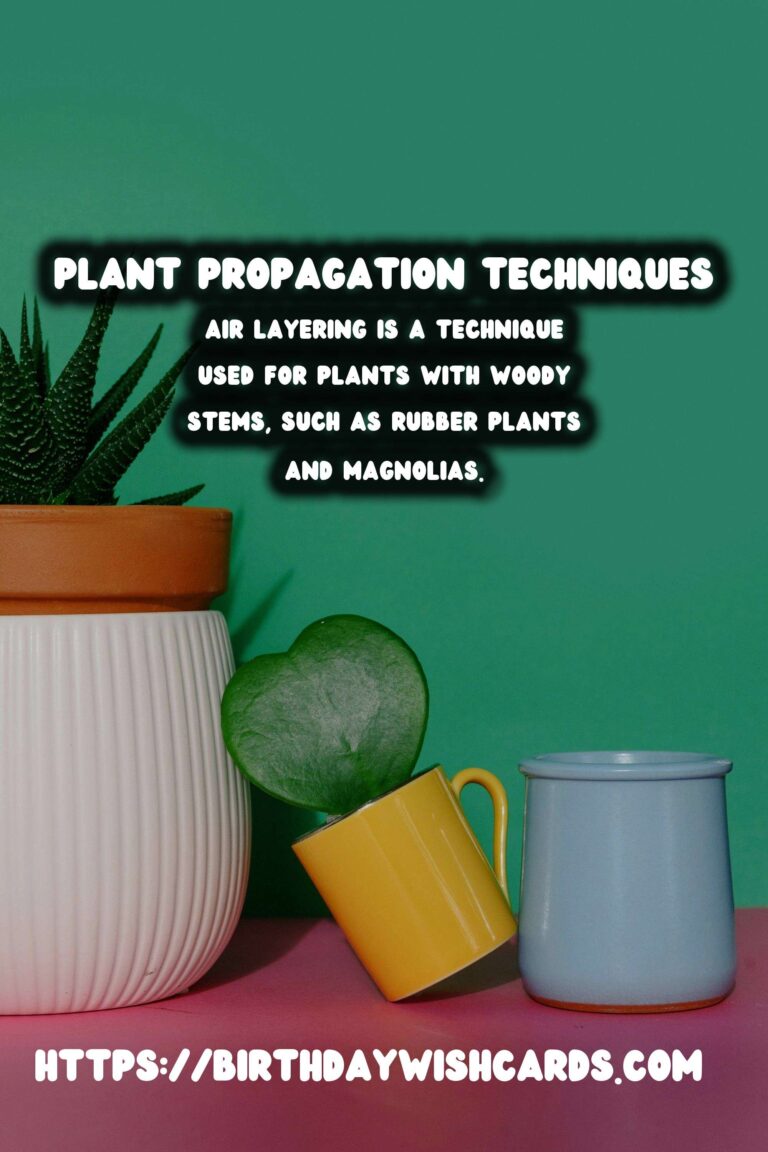
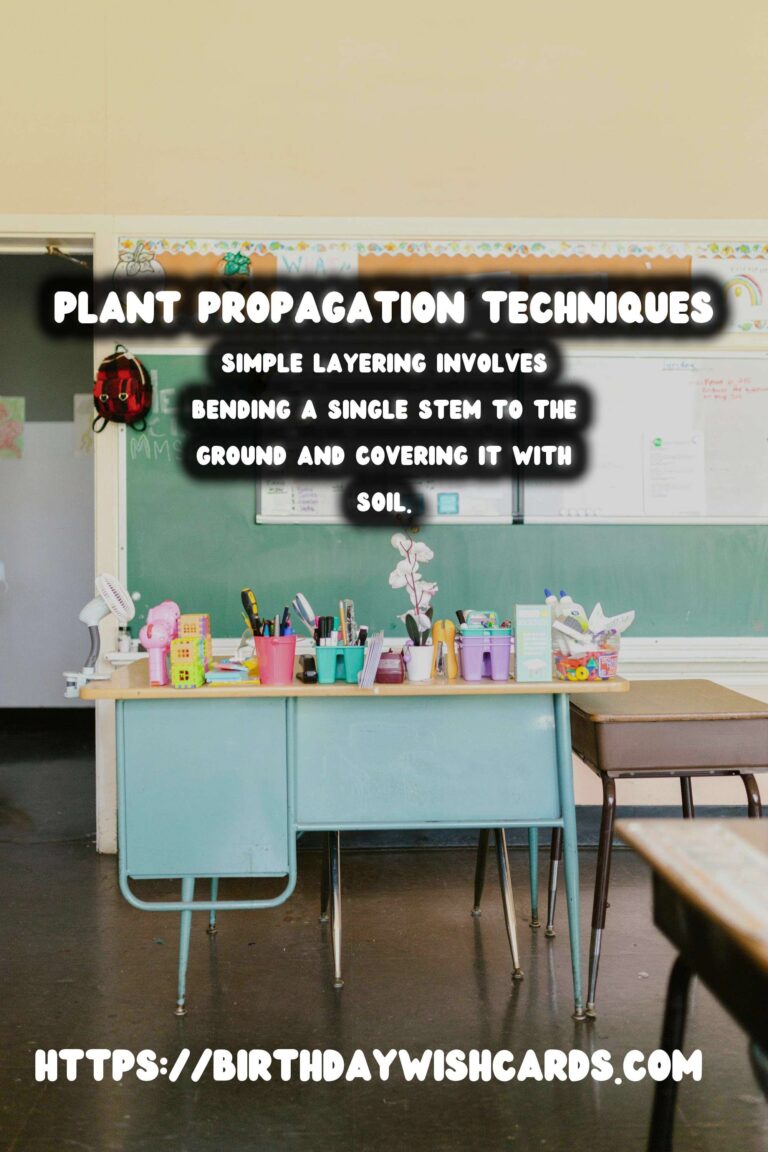
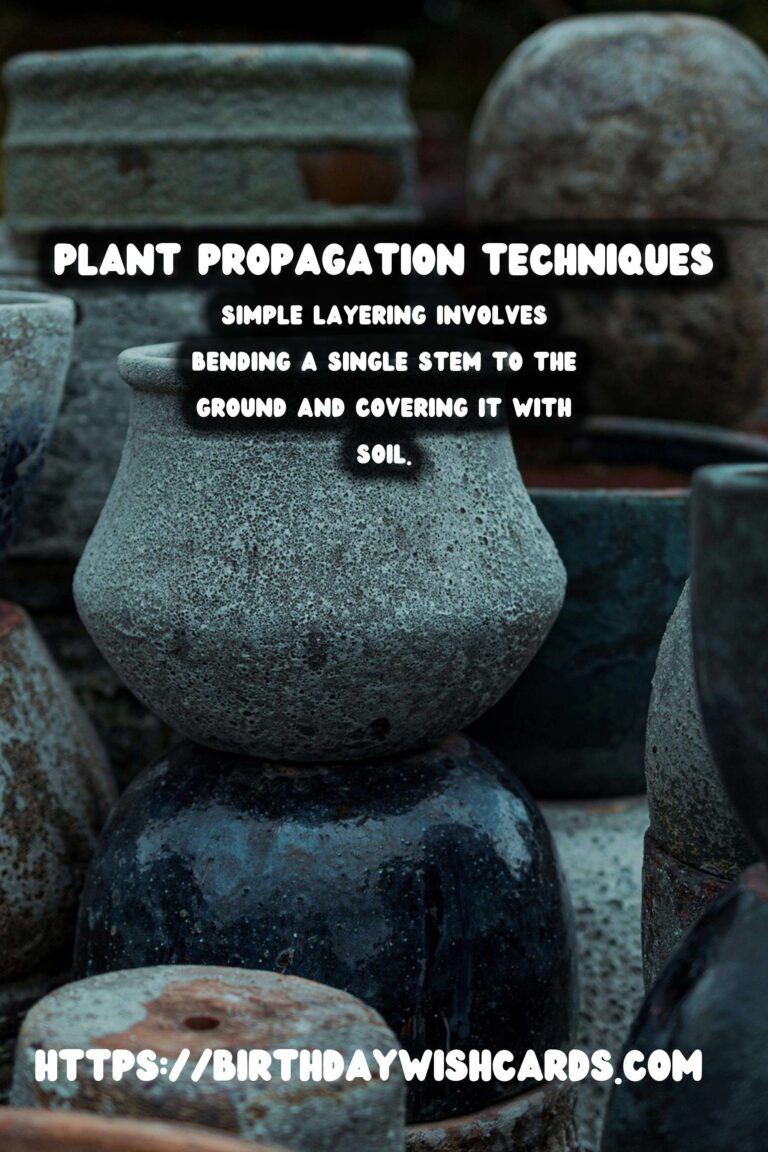
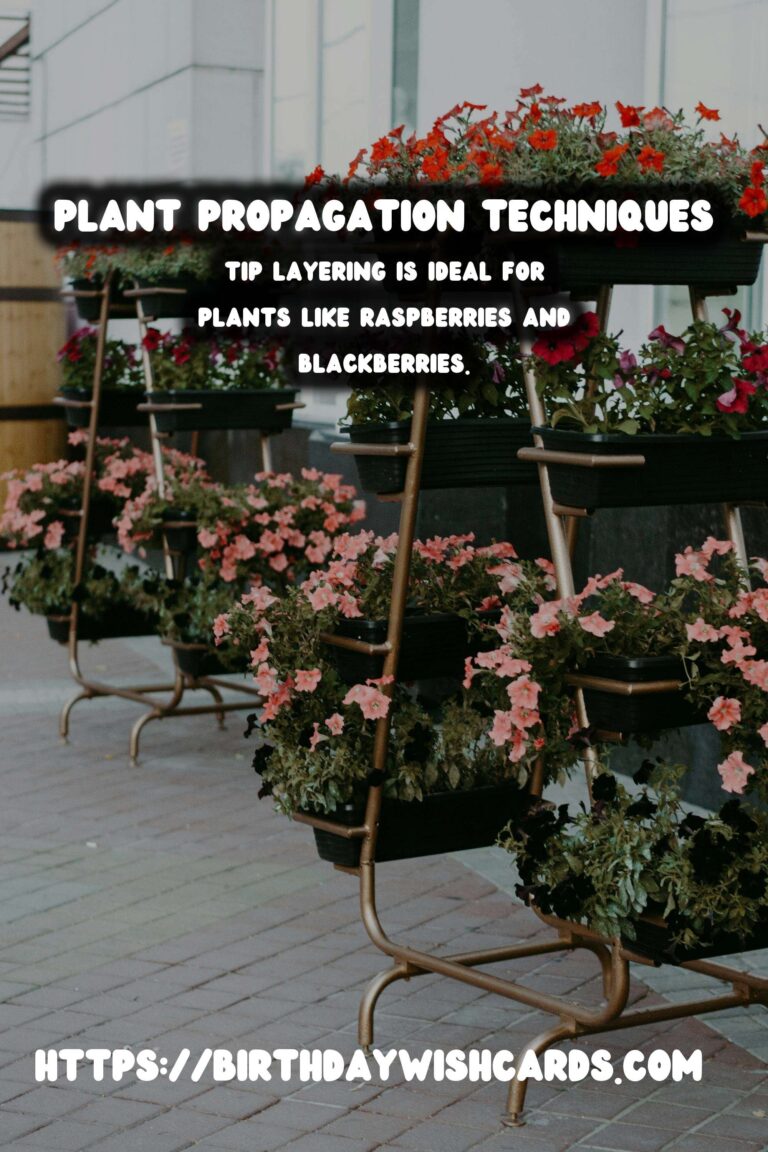
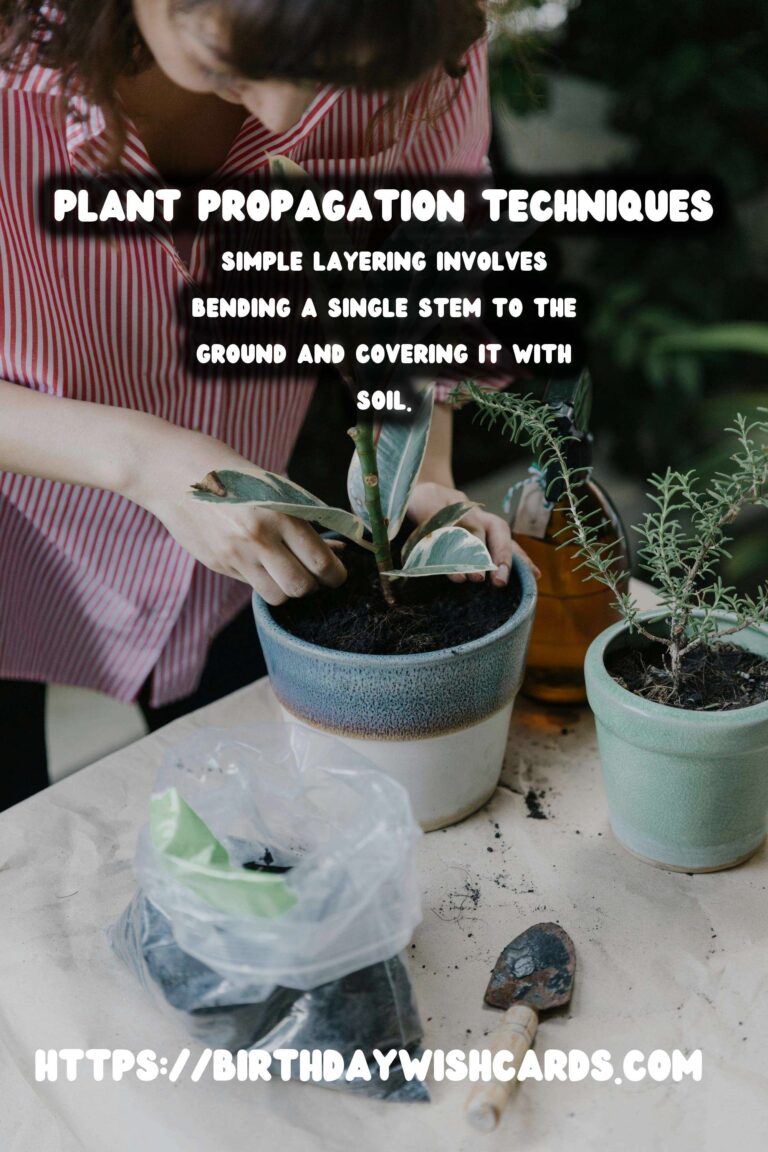
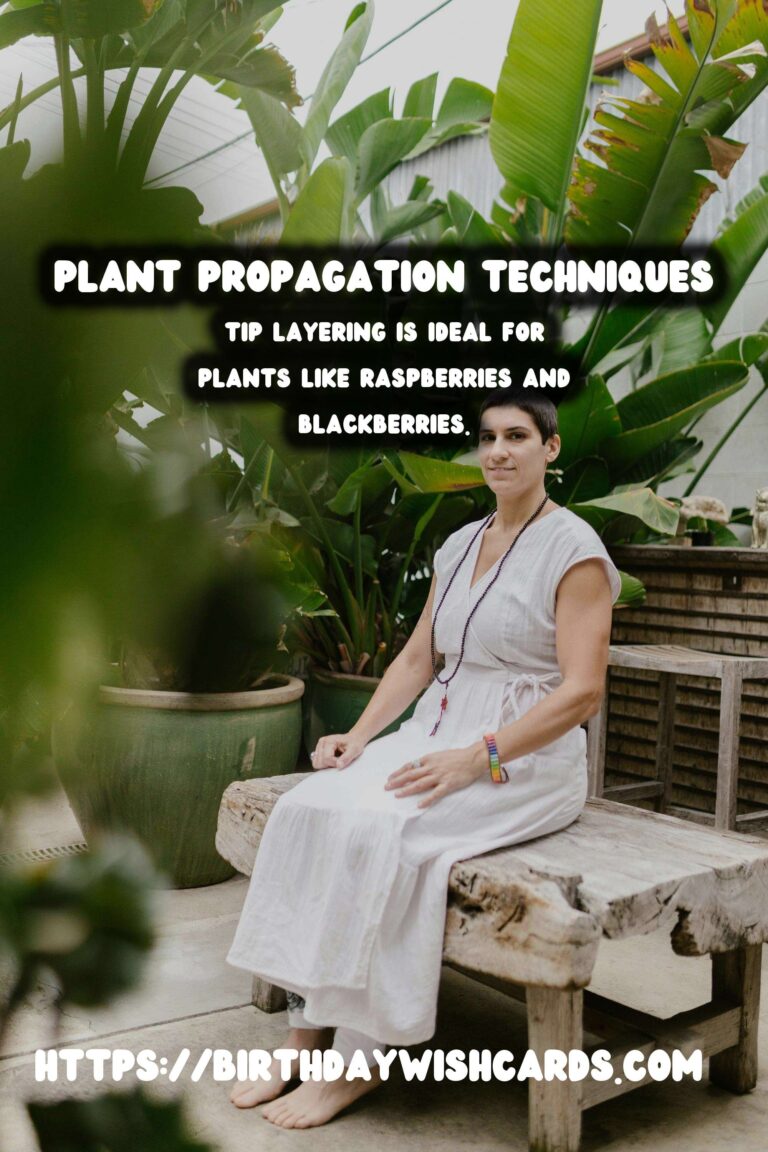
#PlantPropagation #Layering #Gardening #Horticulture #HomeGardening #PlantCare




